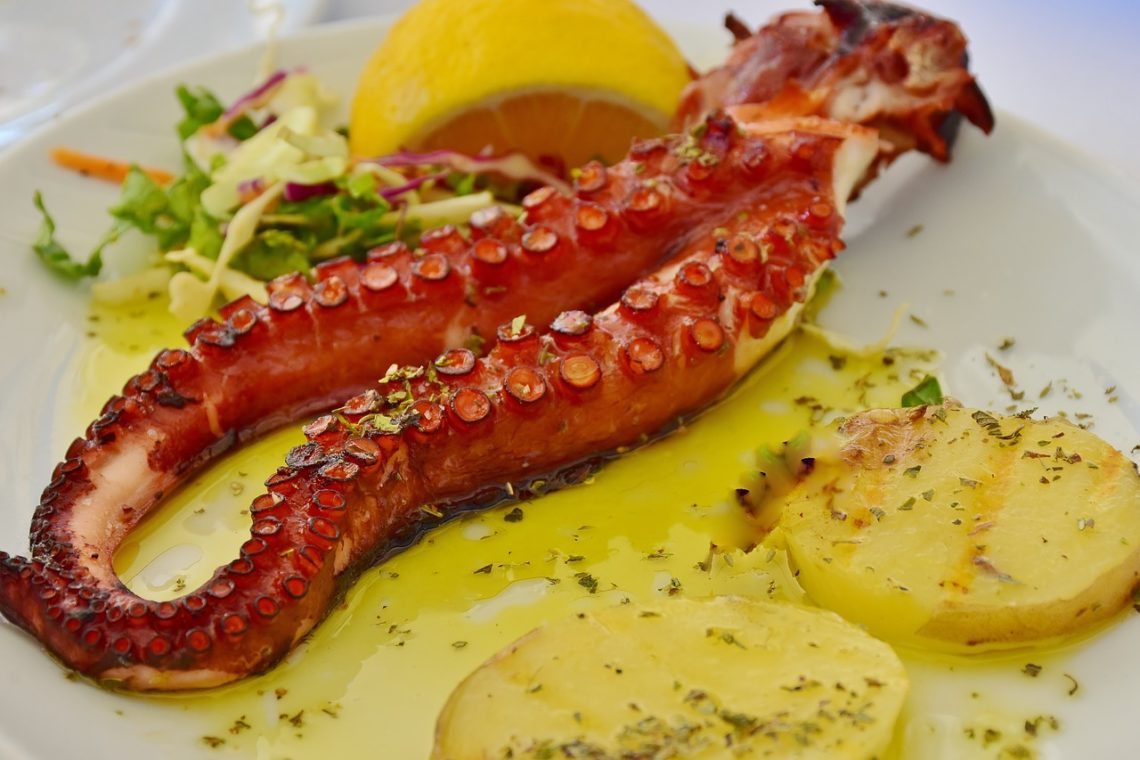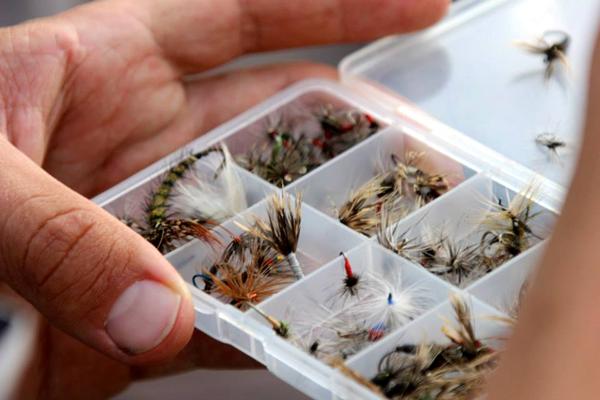by Sean Clapp
Do animals consciously feel pain? All animals? If not, which animals? Provided the answers to these questions, would you ever consider consuming a living, possibly even a feeling thing? Most people agree that all vertebrates, such as monkeys, bears, and sharks, have the mental capacity to experience conscious pain. Thus laws have been put in place to protect these animals from live consumption. The question is still unanswered for most invertebrates, and with this question comes a moral gray area for a human’s eating habits. Surely if humans can conclude that an animal is capable of conscious suffering, then we ought not to participate in cruel culinary practices involving it, such as consuming the animal alive or even preparing and cooking it alive.
The concept of consuming an animal while it is still living may sound strange or foreign to many, but in reality live animal consumption has long been a common practice in many countries like Brazil and Australia, and Eastern countries such as China, Japan, and Korea (Bryan Nelson, 2011). In these countries people have practiced live consumption of animals for centuries, but does that mean people ought to continue such practices today? It should be noted that this practice rarely stems from a significant long-standing cultural or religious origin, and the act of eating live animals appears in most cases simply to be more of a curiosity or novelty bearing little to no cultural implications (Bryan Nelson, 2011).
In Korea, “sannakji” is prepared by cutting up live octopus, or by serving it whole. Sannakji connoisseurs enjoy more than just the taste of fresh meat; they enjoy the sensation of the still-alive suction cups on the octopus’ arms as they stick to the mouth and attempt to climb back up the throat (Nelson, 2011, p. 2).
Another popular dish, called “ikizukuri”, is prepared by filleting a live fish and serving it with its heart still beating. If the fish isn’t finished in one sitting, it may be temporarily returned to a tank to swim before being served for a second course (Bryan Nelson, 2011).
If the morality of live consumption is solely based on the suffering of the animal in question, and we assume that it is in fact morally correct to eat other animals – ignoring the tangent of moral issues that veganism and vegetarianism presents – we can say that to inflict no more conceivable pain than absolutely necessary before the consumption of said animals is still in fact, morally correct. Where complications arise is when research may not prove for certain whether or not every animal is capable of conceiving pain at all, or at least the same way we do.
Scientists have found that all animals are capable of responding to threats, through sensory nervous system receptors called “nociceptors,” this is the same system of pain perception that would cause you to jerk away if you were to touch a hot pan. You will find that in such an instance you would jerk your hand away before you become aware of any pain at all. This process is called “nociception,” and is said to be a non-emotional way of perceiving pain, typically referred to as a “harm recognition and reaction system.” This process of damage recognition and reaction is different than experiencing conscious physical and emotional pain, and the prevention of the same pain (Janick Nordgreen, 2013).
Although these two systems of pain perception and reaction are different, studies have shown that creatures previously assumed to be non-intelligent, and only capable of nociception, may be able to experience both nociception and conscious pain. In other words, the fact that an animal responds to pain with nociception does not mean they cannot react to pain consciously, just like you consciously feel the burn of the hot pan after you’ve jerked away due to nociception.
Shrimp, crayfish, and crab are usually prepared in the United States and other countries by being boiled alive, even though no evidence has proven them incapable of conscious pain. Even the octopuses mentioned before are now known to be very intelligent invertebrates, and are very likely to experience pain consciously, yet are still legal to eat alive (Robyn Crook, 2017).
There are limitations to what science has shown us. Most of the science arguing that certain creatures aren’t intelligent is based on the argument that we as humans can’t monitor their intelligence. Therefore their intelligence must be lacking. If we cannot determine for certain whether or not these animals are indeed capable of suffering like us, then should we just assume that they aren’t? I do not believe so. In addition, it almost seems as though humans have had a bias in the study of other species’ intelligence, and rather than attempting to prove an animal can indeed suffer to prevent potentially cruel culinary practices, humans have been trying to prove they cannot suffer to allow such practices.
In conclusion, with evidence begging the consciousness of the animals we consume, humans ought to take steps to avoid inflicting unnecessary pain onto them or, at the very least, require substantial evidence showing that they do not consciously feel pain and are therefore not capable of suffering. Countries that do not have laws protecting these animals from unnecessarily cruel culinary practices should implement laws to do so, especially since eating live animals isn’t a practice of great significance to these cultures in the first place, and seems to be more of a sort of long-lasting gimmick in the food industry that only a lack of perspective would support.
References
Besson, J.M. (1999). The neurobiology of pain. The Lancet. Retrieved from
https://www.thelancet.com/journals/lancet/article/PIIS0140-6736(99)01313-6/fulltext
Lopez, G. (2017). Animals can feel pain. Vox. Retrieved from
https://www.vox.com/science-and-health/2017/1/23/14325172/animals-feel-pain-biologist
Nelson, B. (2011). 7 animals that are eaten alive by humans. Mother Nature Network. Retrieved
from https://www.mnn.com/food/healthy-eating/photos/7-animals-that-are-eaten-alive-by-humans/fish#top-desktop
Nordgreen, J. (2013). Which Animals Feel Pain? [PDF document]. Retrieved from
https://www.animalwelfarenorway.com/Nordgreen.pdf
TED-Ed. (2017, January 17). How do animals experience pain? -Robyn J. Crook [Video file].
Retrieved from https://youtu.be/5j9Syov0AAw






3 Comments
Lou Mei Gutsch
It’s amazing how many cultures take on cosuming animals. I can understand how they use cruel culinary practices….I’m a chef myself. In culinary school, I thought it was harsh to kill a live crawfish but when I read about the Ikizukuri dish, morbid! Very well written essay on the cultures of cosuming animals. You have raw talent Sean.
Lorien Kauffman
This is a very interesting piece! Great depth of research with the different culinary practices and the biology behind pain perception. I definitely agree that causing animals suffering as part of preparing them as food is wrong. I like your point that, as humans, we do have to kill living things in order to eat and survive, but that we should stop causing unnecessary pain just for novelty or show. Many diets can be polarizing in what they claim is right and wrong to eat, but your argument makes a lot of sense, and I think it’s one everyone should agree to. Great writing!
Lorien Kauffman
This is an interesting topic, and very well written! Great depth of research on the different culinary practices and the science behind pain reactions. I like your point that we as humans do have to kill other living things in order to survive, but that we should stop causing unnecessary suffering just for novelty or show. Though a lot of diets can be polarizing in terms of what they claim is morally right and wrong, I think your argument makes a lot of sense, and is one that everyone should agree to.